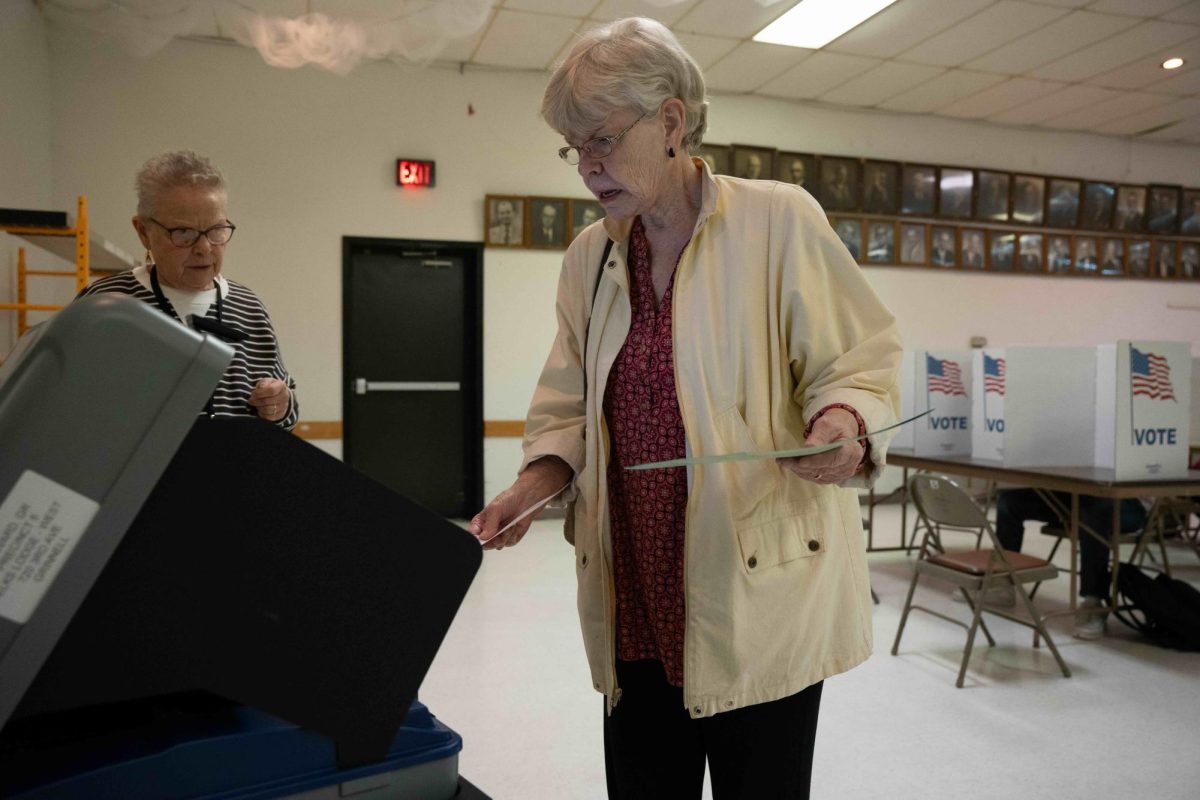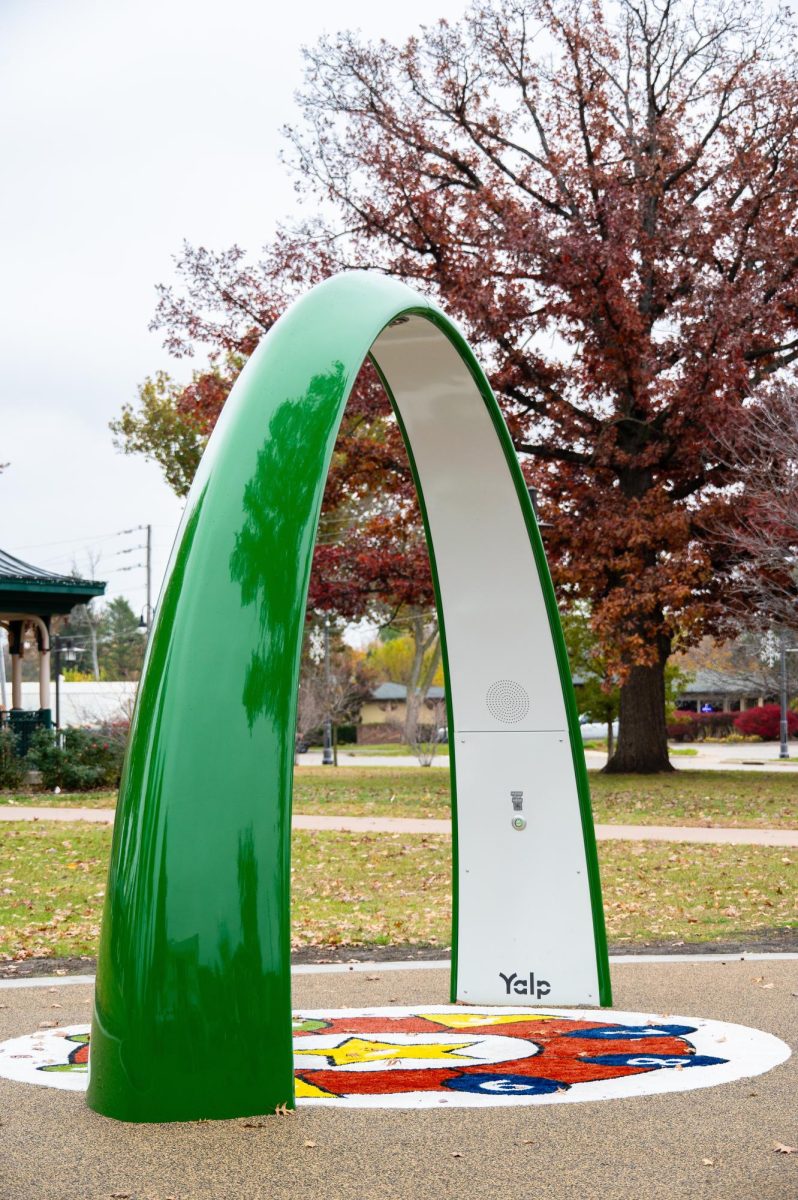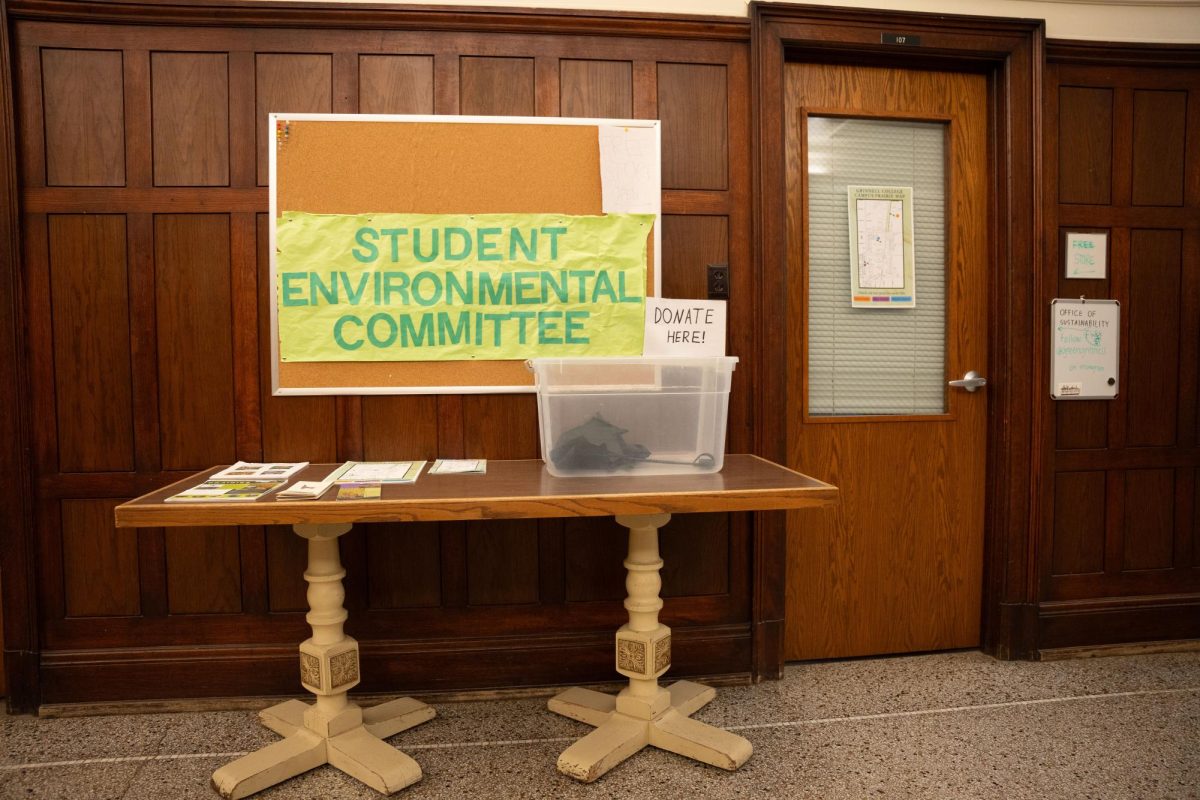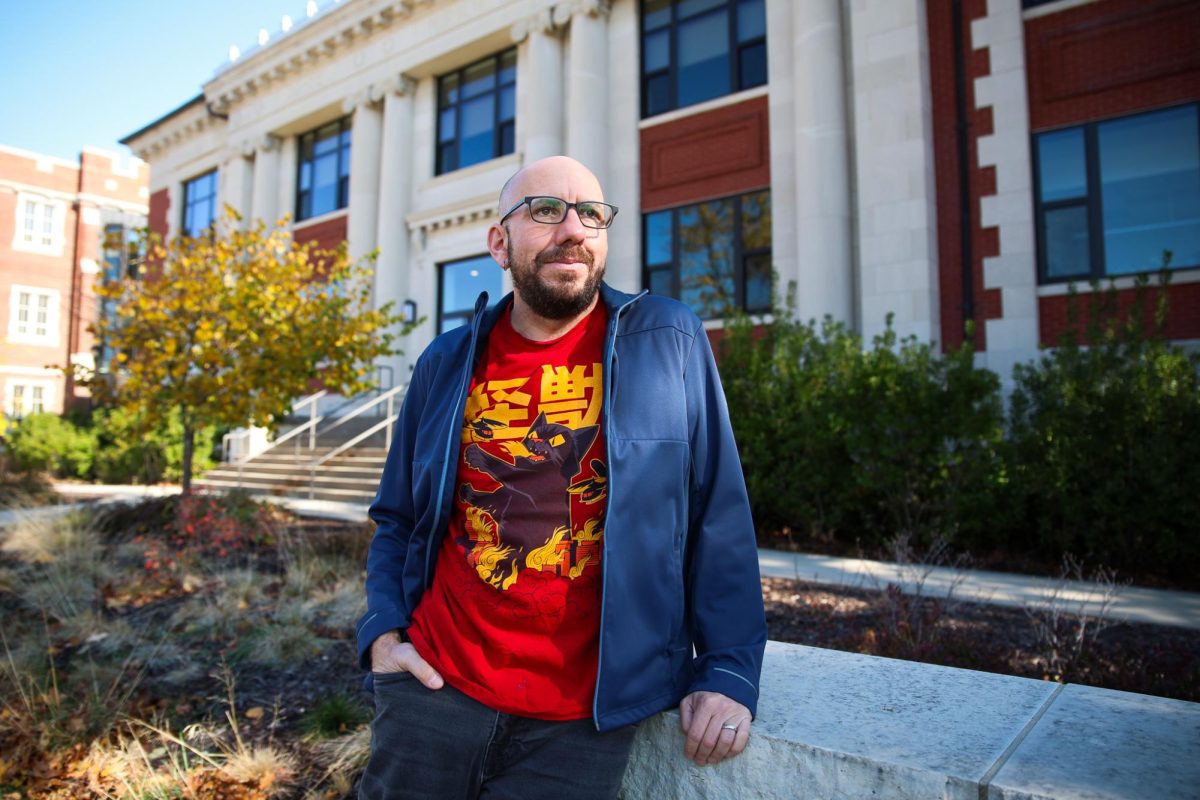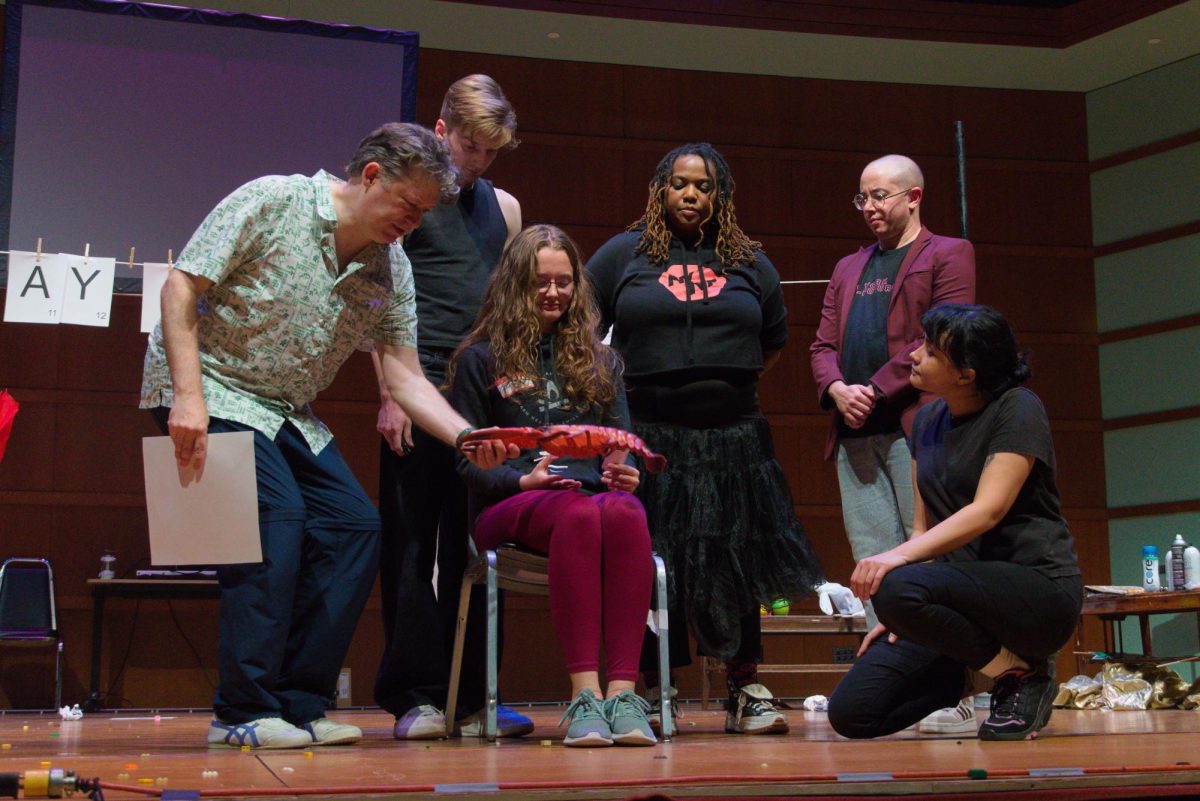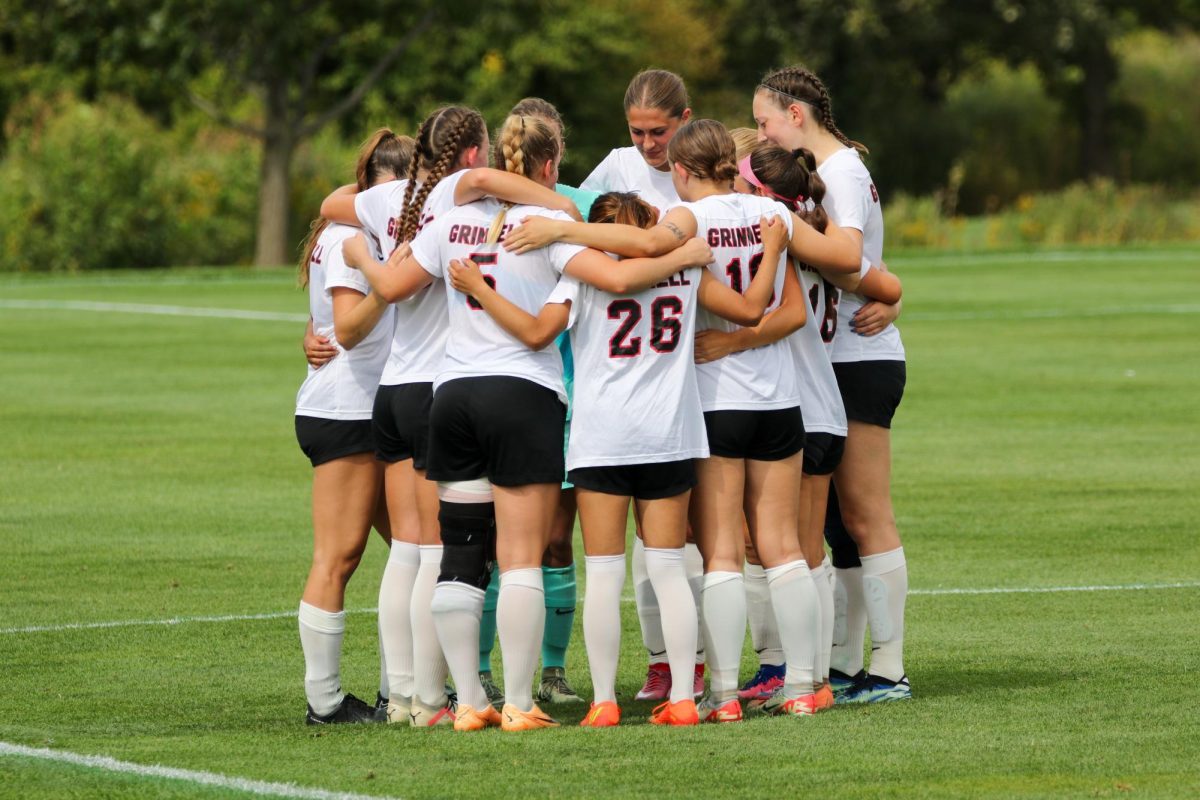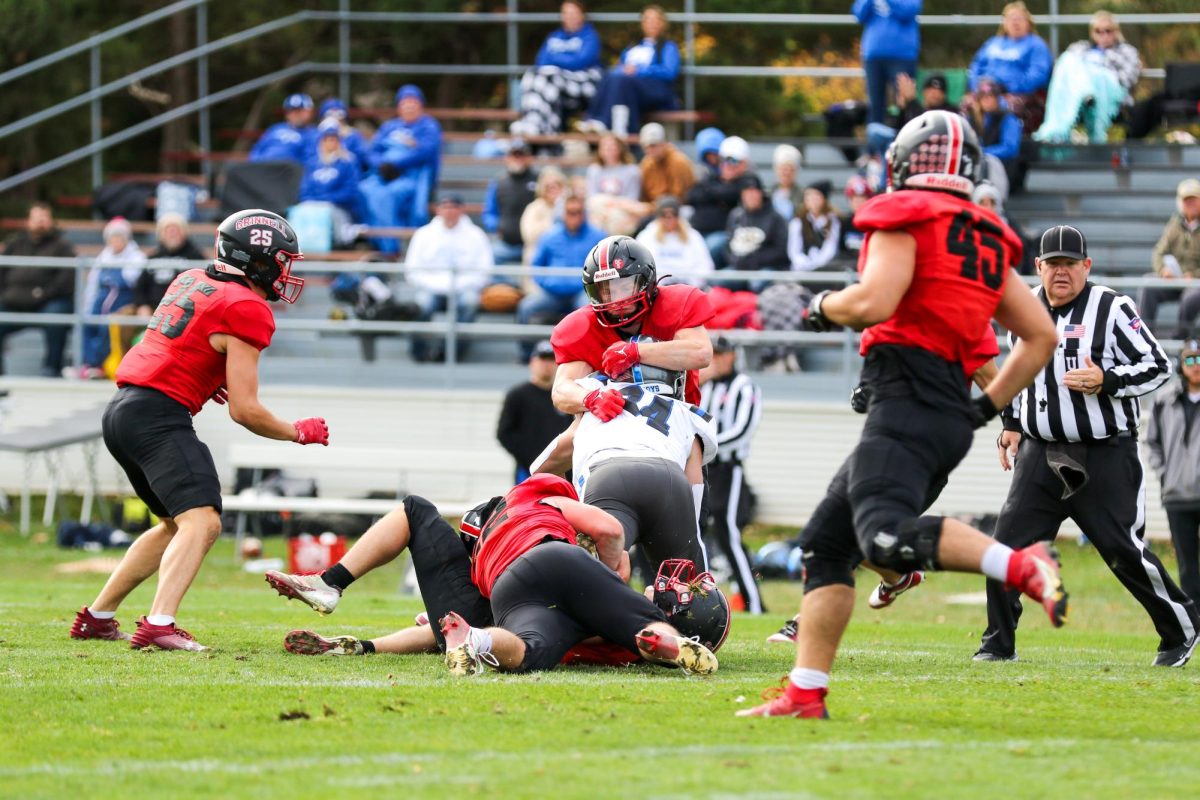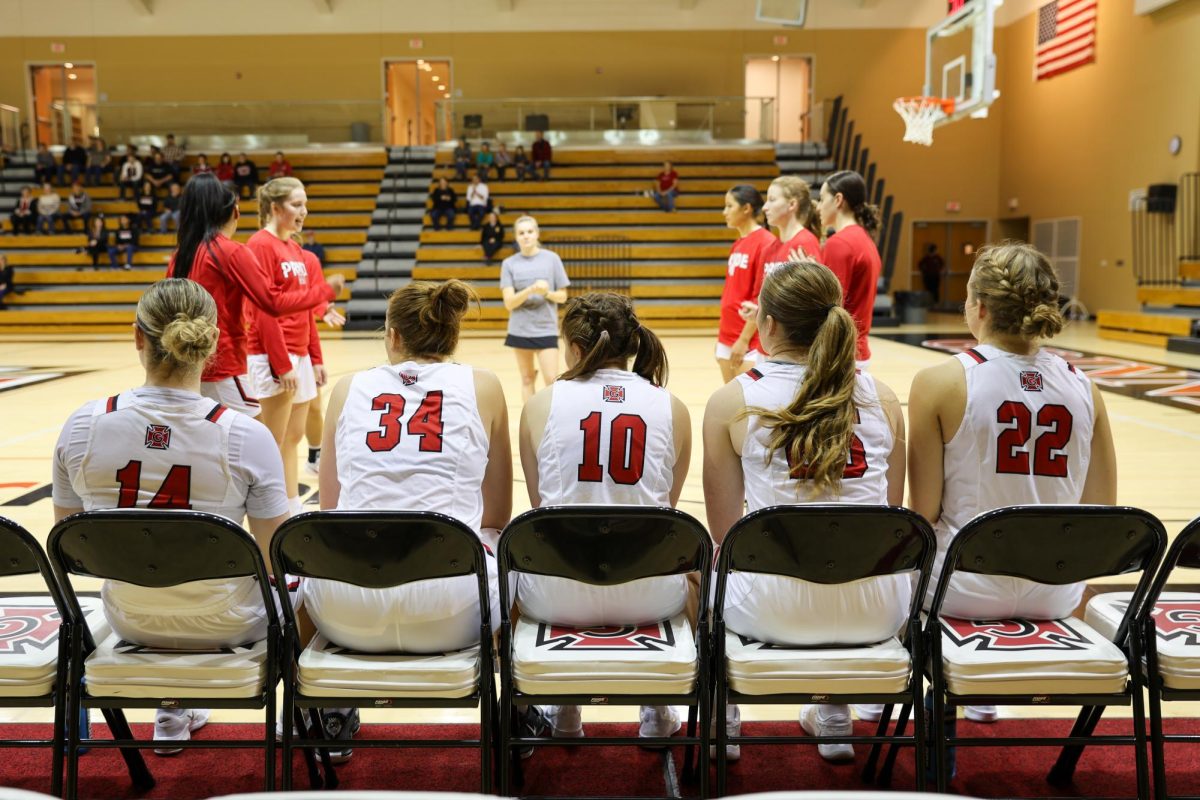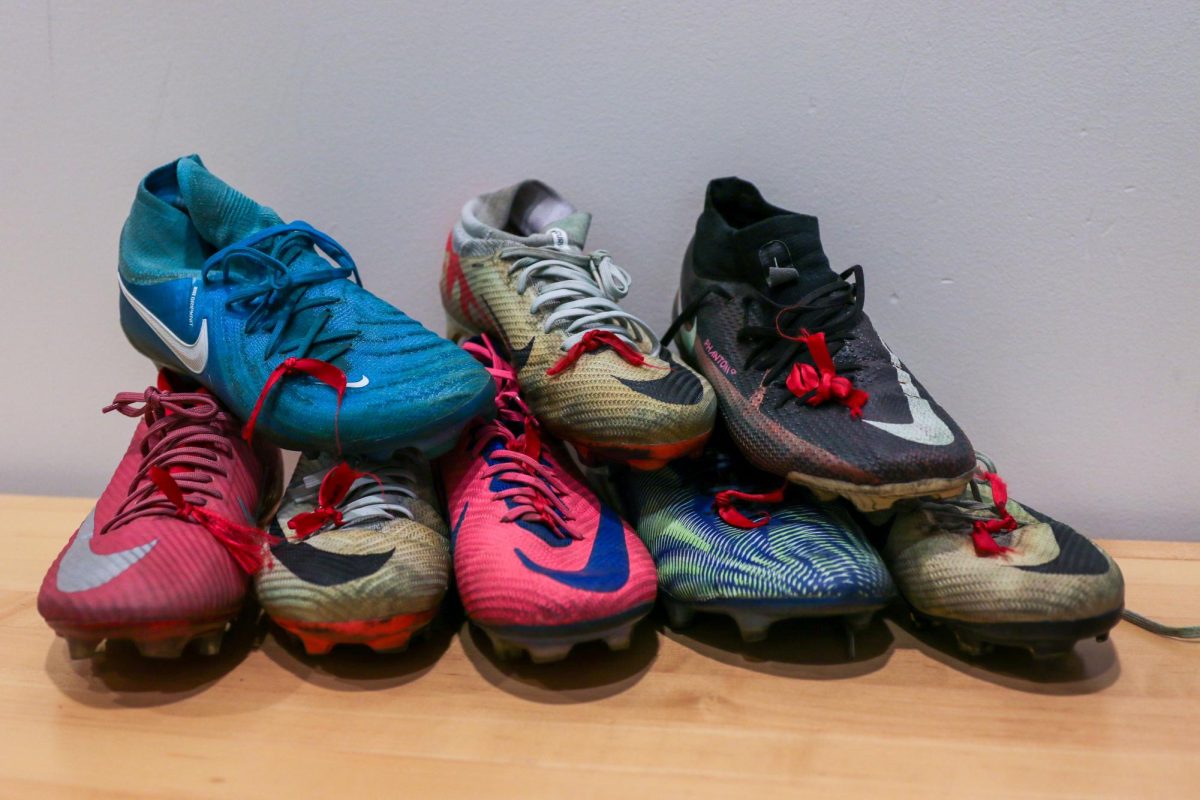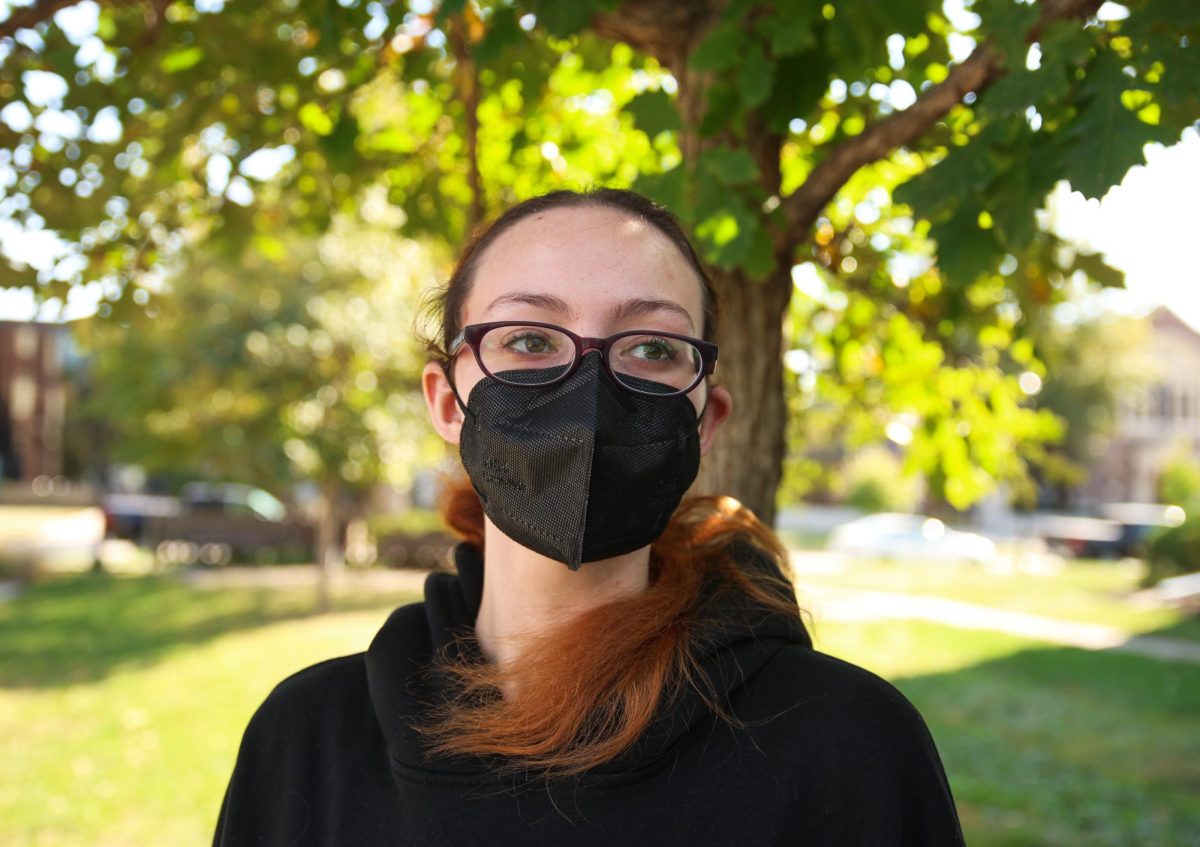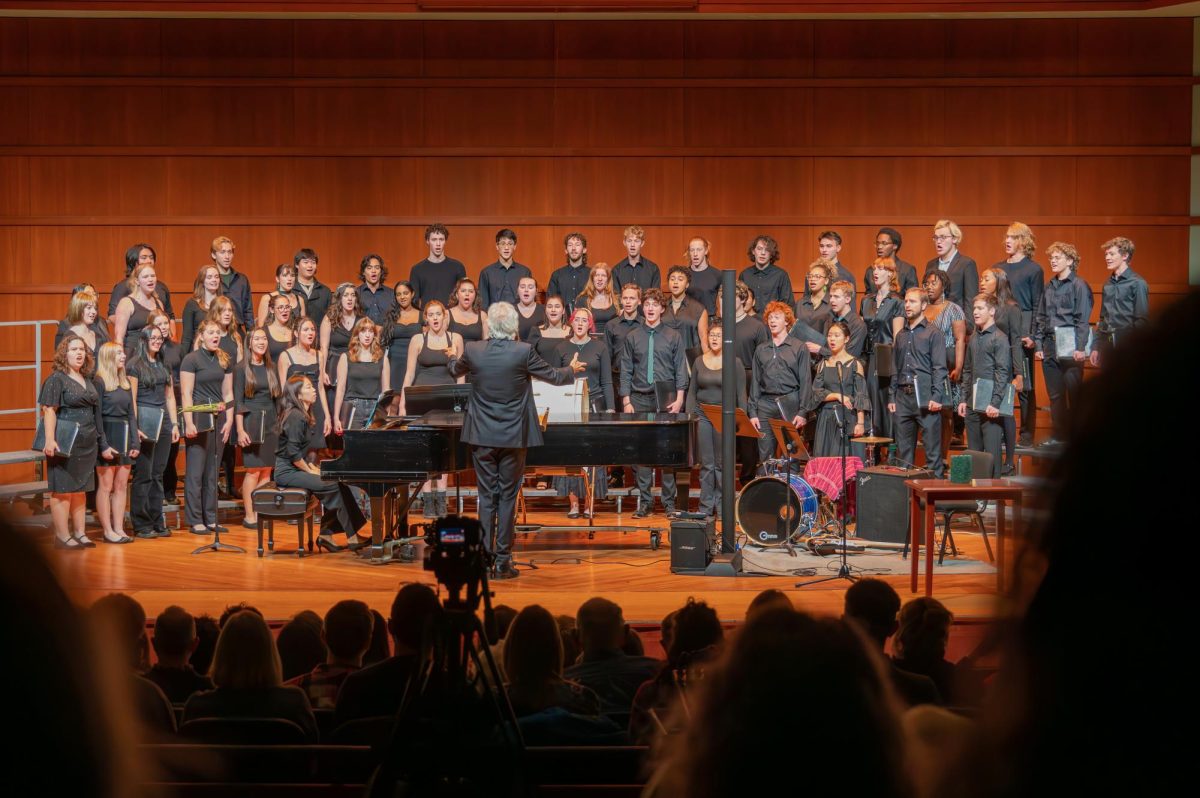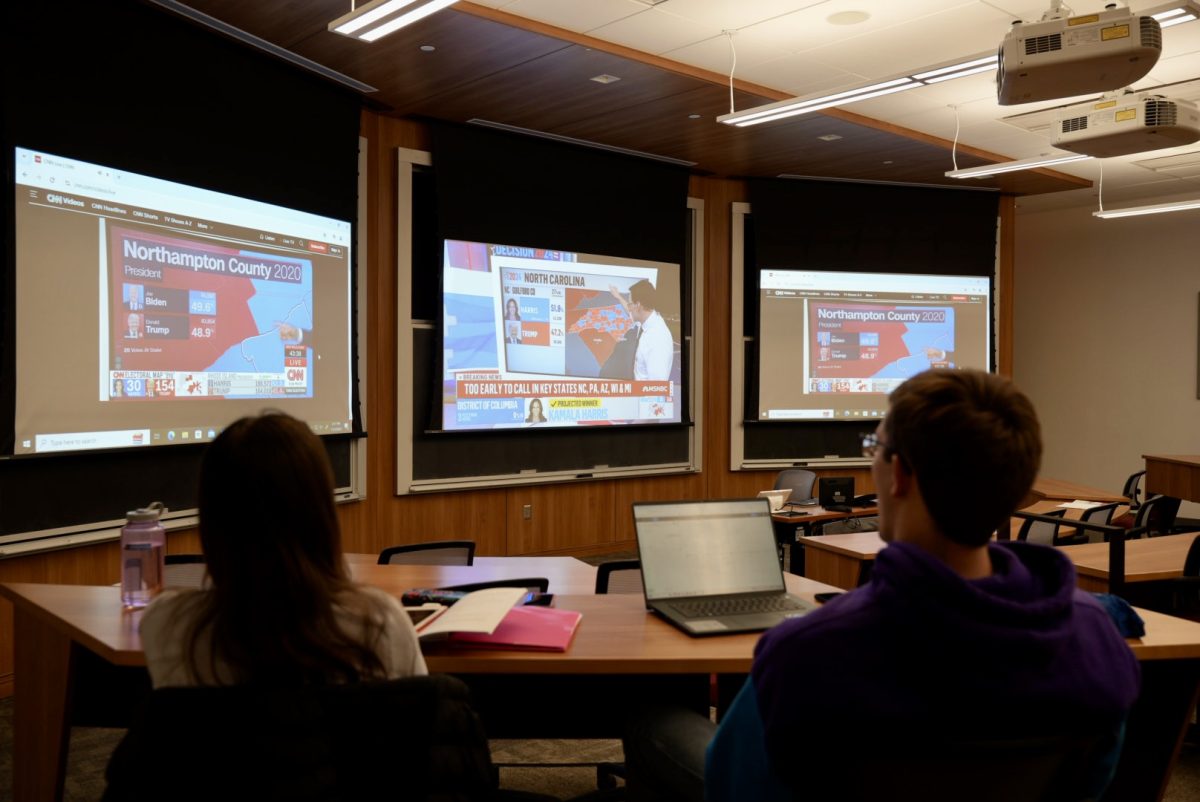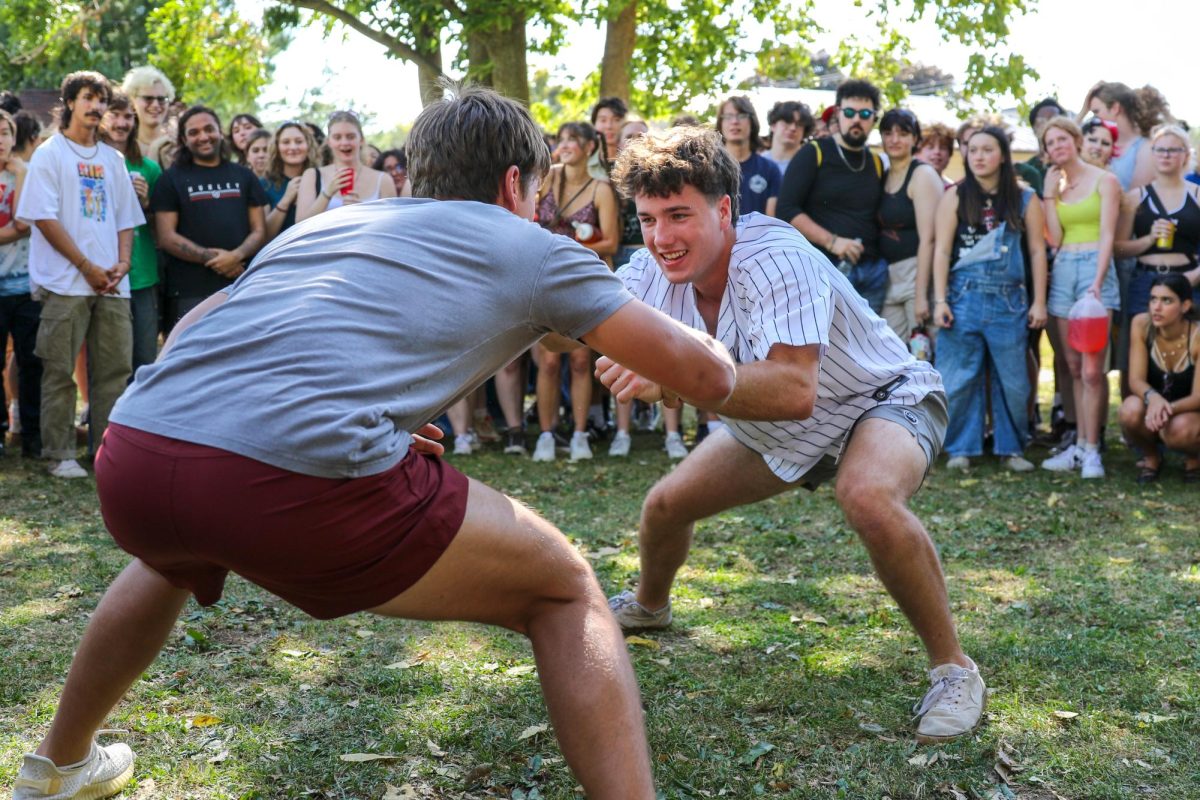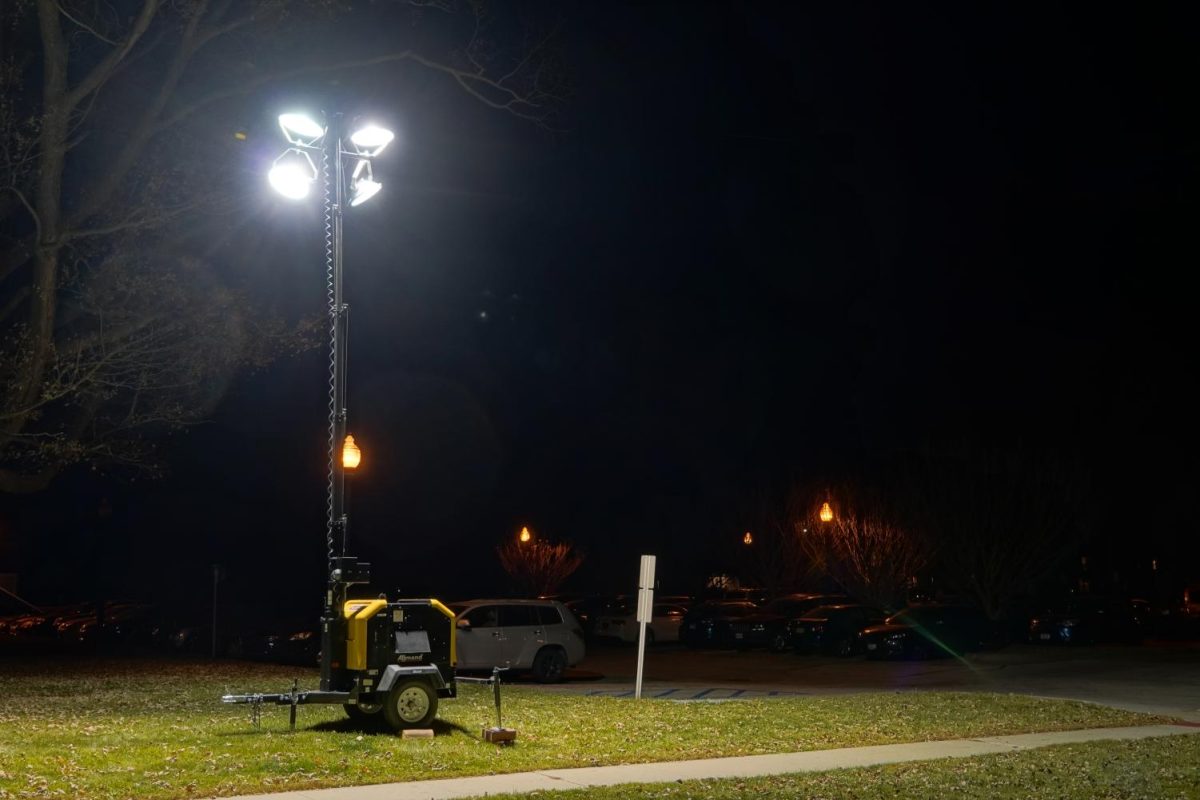
The National Collegiate Athletic Association (NCAA) is in the midst of a legal drama, the size of which has never before been seen in the history of collegiate athletics.
Coaches from Division I schools, including Kansas, Louisville, Miami and North Carolina State, have been accused of numerous recruiting violations, including offering to pay prospective players thousands of dollars to commit to their team. These accusations come on the heels of the trial of Adidas officials charged with conspiring to funnel high school prospects to “Adidas” schools.
These latest allegations of corruption have only amplified the call to “pay players,” something which, my tens of readers will remember, I advocated for in a column from October 2017.
But the urgency of reform is stronger in 2018 than it ever has been before. The NCAA is almost universally ridiculed, with grassroots fans, all the way up to professional athletes and celebrities, declaring it a broken system.
Just this fall, Ryan Swanson, a history professor in the Honors College at the University of New Mexico, wrote a blistering opinion piece for the Washington Post, in which he hammered the NCAA and called on proponents of paying players to step up their game. He wrote,“Allowing athletes to control and profit from their names, likenesses and athletic abilities seems reasonable.”
While calls for compensations are long overdue, the notion that “paying players” can be implemented easily, and, more importantly, will actually address the systemic issues associated with college athletics, needs interrogation.
To state the obvious: the NCAA system is messed up. High-level colleges are making millions of dollars off of the labor and likenesses of players who sometimes cannot even afford to buy food or school supplies. While most of the players are compensated in the sense that they have full-ride scholarships, their educations often take a backseat to the commitments related to their sports teams. In other words, while college athletes get a free education, they are discouraged to actually learn and go to class, as seen in the recent University of North Carolina at Chapel Hill cheating scandal.
However, insisting that we pay players what they are worth brings in complicated issues of wage and gender discrimination. Men’s sports are typically watched and consumed more often and generate more money than women’s sports, so lesser male athletes would be paid more than better female athletes, even though the time commitment and lifestyle is roughly the same. Thus, if we “pay players what they deserve,” we are really paying them what they would make in a market that skews unfairly towards male athletes.
In this same vein, college football and college basketball generate most of the money that the NCAA makes, and thus a mid-level college football player is responsible for generating way more money than the best collegiate volleyball player in the nation. Is it fair to pay for performance when performance is more about consumption than actual talent?
This problem is real, and it is also important to acknowledge that most high-profile examples of athletes done wrong by the education system are black, thus necessitating further conversations about the role of race in the NCAA enterprise. However, is paying players really going to help them get something out of their college degree?
Making an extra $20,000 a year will certainly help an athlete have a more comfortable lifestyle, but why would that make them any more likely to attend class? It wouldn’t, and thus we would still be churning out 95 percent of athletes who, while they may have some extra cash in their pocket come graduation, would be no better equipped to succeed in the job market than their current peers.
However, the issue that is least talked about in the “paying players” debate is probably the most responsible for the current situation: early schooling and childhood experiences.
Research continues to show that issues of inequality start early, and that there are too many public schools that are content to keep passing along struggling, often athletically-inclined students who just become another cog in the NCAA machine. In some ways then, it is too late to try and save the struggling “student” in the “student-athlete” package. These interventions need to come earlier and much more often; paying kids in college will do very little to help make up for the poor education some students may have received in elementary school.
Finally, it is important to acknowledge the oxygen that college sports take up at large academic institutions, as well as the toxic atmosphere often associated with these programs. There have been numerous allegations that certain athletic programs foster climates of sexual disrespect (at best). In this sense, I can see how problematic and invalidating it might be for students to realize that their abusers are being paid money not to show up to class and not to be held accountable for their actions.
In closing, I want to try and dispel a few of the broad-brush statements made about college athletics.
Do all college athletes want to get paid? No. Do all college athletes feel victimized by the NCAA? Certainly not: in fact many would probably espouse the many virtues associated with playing a team sport. However, it is important to acknowledge the inherent flaws in the current system, as well as the new flaws which would reveal themselves if player payment plans are initiated.
Now, do all these complications associated with paying players mean we shouldn’t do it? No, I don’t think so. But it does mean that we need to be mindful of what exactly we mean, and who we are leaving out, when we argue for player compensation, especially when it is framed as a social justice issue.


